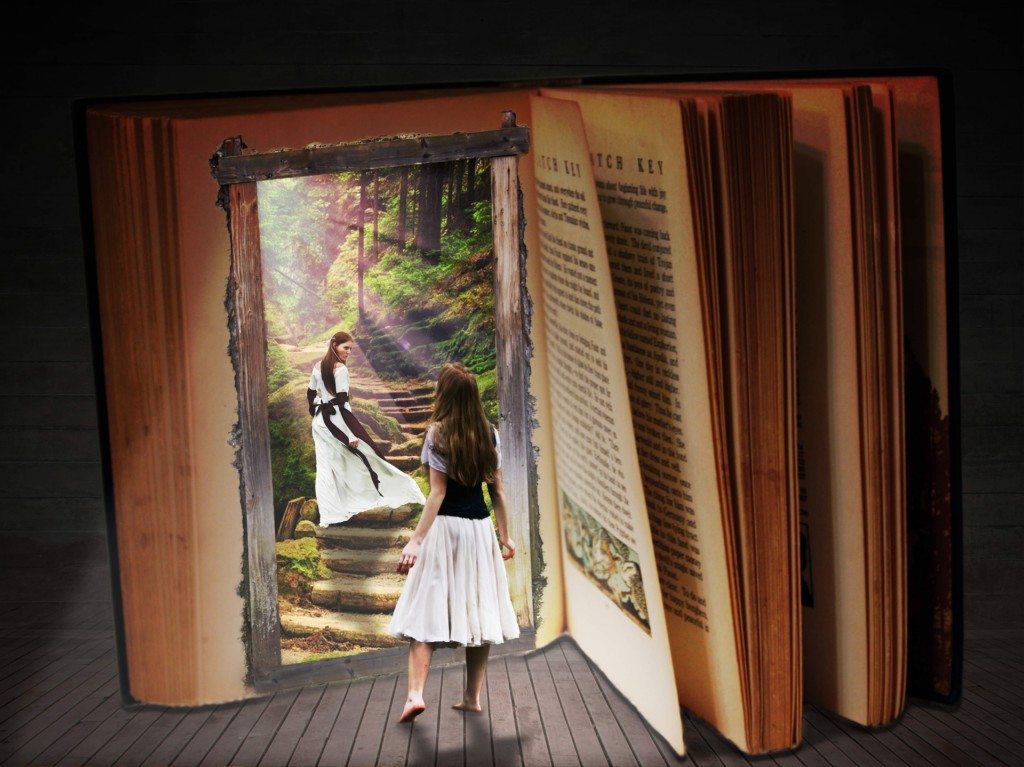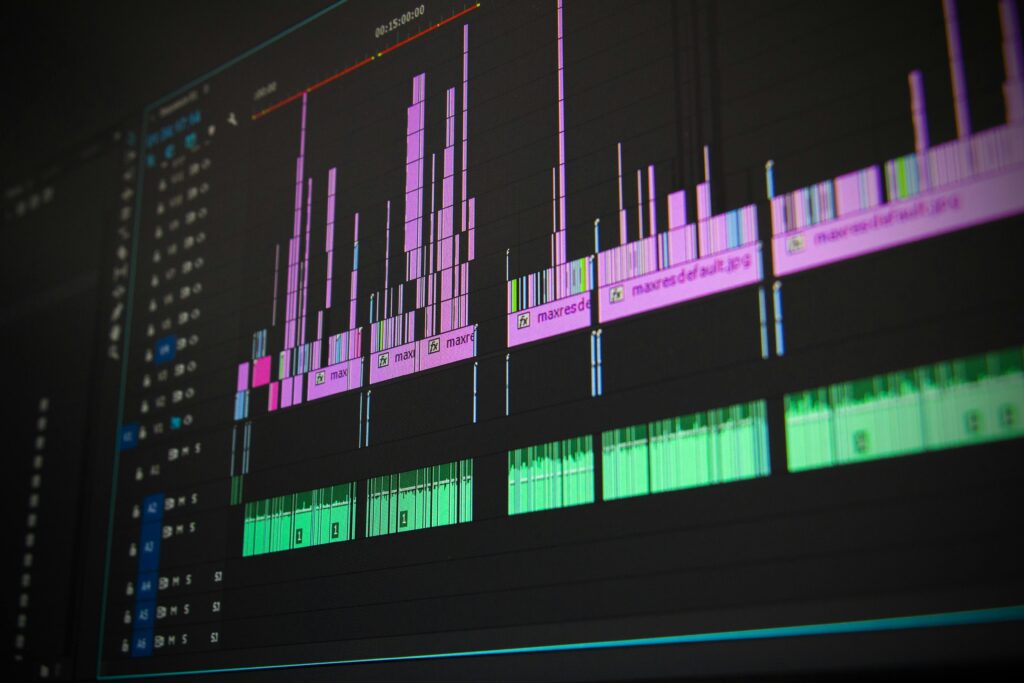Is it a book or a film?
Most of us have had the experience of watching a film adaptation of a beloved book fall short of our expectations. This is often because the film version has had to simplify the book, or the audience is unable to understand fully what the characters are thinking. But what if there were a way to combine these two media into a single product and bring together the best of both worlds?
The cinematic book or cBook realizes this possibility, enabling you to access a character’s backstory, inner thoughts and motivations but additionally giving you the ability to see and hear the people, locations and action with the immediacy of a film.
The cBook works like an e-book in that you can download it from all the usual platforms, but instead of being a conventional book in electronic format, every other ‘chapter’ is a video clip. You read a written section and then click to get the following scene in film format. Therefore, you can experience all the drama and stunning visuals of a film but also reveal inner thoughts, more complex motivations and background which are best communicated by the written word.
The director and screenwriter, Nick Fletcher, came up with the idea when filming the feature ‘Monsoon Tide’ in India and discussing the characters’ backstories with the actors. He wished there were a way to share this background with an audience. In a flash of inspiration, he realized that with e-book technology and the fact that video content was readily downloadable, it would be possible.
After the film was completed, he collaborated with Elsa Evripidou (who had been the Script Editor for the Monsoon Tide screenplay) to create a cBook version of the film.
This was done by selecting the scenes that were strong in terms of their cinematic and dramatic value, while also looking at the pacing of the story. Once these clips were selected, the written chapters were written. These filled the gaps in the story but most importantly, expanded on the original screenplay and got inside the heads of the characters. The product that was created followed the same general plot as the film but contained a lot of additional material. Likewise, not every element of the story depicted in the film was present in the cBook.
Once the content was in shape, the originators set up a trial website to see if people would like the new hybrid product. There was an obvious concern that moving the story between the media would be unsettling. However, this was not found to be the case. Once people had settled into the pattern of reading and then watching and then back to reading and so on, they reported that it felt a natural way to experience the story.
The future of cBooks
Although the original cBook, Monsoon Tide, was created using a completed feature film as its starting point, there are many ways to approach making a cinematic book.
An author could collaborate with a film-maker to insert video scenes into his/her story, or use existing footage (this may be especially relevant if writing non-fiction).
Similarly, film-makers with pre-existing movies, might consider adapting their films into a cBook format and find new audiences in the process.
We are hoping that Monsoon Tide paves the way for others to deliver their stories (fiction or non-fiction) in this new format and the makers hope that the cinematic book will become established as a new and exciting, alternative way of doing this.
Watch this trailer for Monsoon Tide:
Further information on cBooks can be found at: www.cbooks.co
- Cinematic Books – A New Way to Experience a Story - December 5, 2017




Comments are closed.